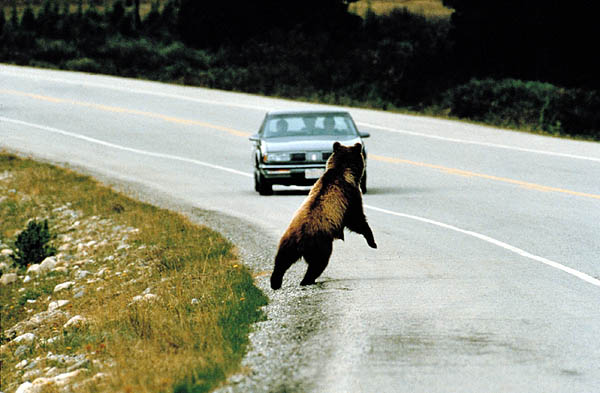News on the news
Mood:
 special
Topic: Entertainment
special
Topic: Entertainment
A controversial bill granting retroactive rights of publicity to dead celebrities in California has been signed into law by governor Arnold Schwarzenegger. The governor signed the bill, SB 771, on October 10.
http://www.pdnonline.com/pdn/newswire/article_display.jsp?vnu_content_id=1003658099
Passed by the California Assembly last month, SB 771 was intended to give Marilyn Monroe’s estate—and the beneficiaries of any other California celebrity who died within the last 70 years—the retroactive right to demand payment for commercial use of images of those dead personalities.
The law takes effect on January 1.
Guess it could prove to be very important.
note for trivia buffs: 24 of Ms.Monroe's films were made during the first 8 years of her acting career.
Born and named Norma Jeane Mortenson on June 1, 1926, in Los Angeles at General Hospital, the actress would never know the true identity of her father.
- -
In 1962, Bert Stern was an established photographer renowned for the quality of his portraits, a hunter of icons whose lens gobbled up star after star. On the flight back from Rome where had just photographed Liz Taylor on the set of Cleopatra, he mused on his dream of doing a session with Marilyn Monroe.
And that is exactly what he suggested to Vogue as soon as he was back in New York. The editors loved the idea. Things moved quickly. Marilyn agreed to pose. Bert Stern’s dream was going to come true.
Rather than work in the studio, he decided to take a suite in the Bel-Air Hotel in Los Angeles. The lighting was minimal. He waited, his anxiety mounting. Would she come?
Marilyn’s moods and whims were notorious. The star had become capricious. She did come, alone. Only five hours later. The session could begin.
Marilyn agreed to pose nude, with no makeup on her body. A powerful, almost amorous rapport developed between the model and her photographer. He clicked away at her for twelve hours non-stop.
The results were remarkable, but too plain for Vogue. They suggested that Stern do another session, but this time Marilyn would wear makeup and some clothes. Marilyn agreed to pose again for Stern. The day before Vogue published the results, she died.

--
Weegee was the pseudonym of Arthur Fellig (June 12, 1899 - December 26, 1968), an American photographer and photojournalist, known for his stark black and white street photography.
Most of his work was done between 1935 and 1945, when he worked for the main New York newspapers.
This was a frantic decade of sleepless nights, of hours spent waiting in his car or in dingy stake-outs, ready to leap into action for any conceivable incident in any conceivable place.
Weegee gave the press its most striking photos of the murders, arrests, fires and accidents that flared into the New York night.
Weegee was a natural photographer the way others master the skill of painting.
He stood at the crossroads, enriching what was expected only to be news photography with a subjective vision of events and strong visual qualities.
Weegee’s vision of the city and its inhabitants has a sometimes tragic and often violent jubilation to it.
A master of black-and-white, he gives us his vision of the architectural beauty of New York and of the phenomenal power of its buildings.
Raised on the Lower East Side, one of the poorest districts of Manhattan, Weegee became the witness of poverty and its procession of afflictions.
He also observed the upper classes flaunting their wealth.
Childhood, the world of the street and sleep, which so uncannily resembles death, became his privileged themes.
Like Dashiell Hammett, he described the theatre of American criminality.
His photos of gangsters killed in the street, their eyes staring into the void, or of killers, hiding their assassin’s faces behind handkerchiefs, inspired the figures in countless Hollywood films noirs.
Weegee also had an eye for the injustice that afflicted the Black community. He denounced the apartheid that prevailed in certain American cities and was deeply empathetic in the way he photographed the strangeness and singularity of individuals.
His photographs inspired the Pop artists who took their subjects straight from the newspapers and from advertising. Andy Warhol used his car crash photos in his Orange Disaster series, thus forging an undeniable link between contemporary art and the pitiless images of reality.
In 1945, Weegee published Naked City, a book summing up a decade of work. Its success confirmed the tremendous talent of this photographer who is now considered as a major figure alongside such greats as Alfred Stieglitz, Bill Brandt and Brassaï.
Hendrik Berinson spent some twenty years collecting these two-hundred vintage prints. His collection includes all Weegee’s most important photographs.
- -
Today is the last day for at least for Parisians to see his work on display in a photgraphux exhibit at the Musée Maillol .
Posted by mach1231
at 11:11 AM PDT










